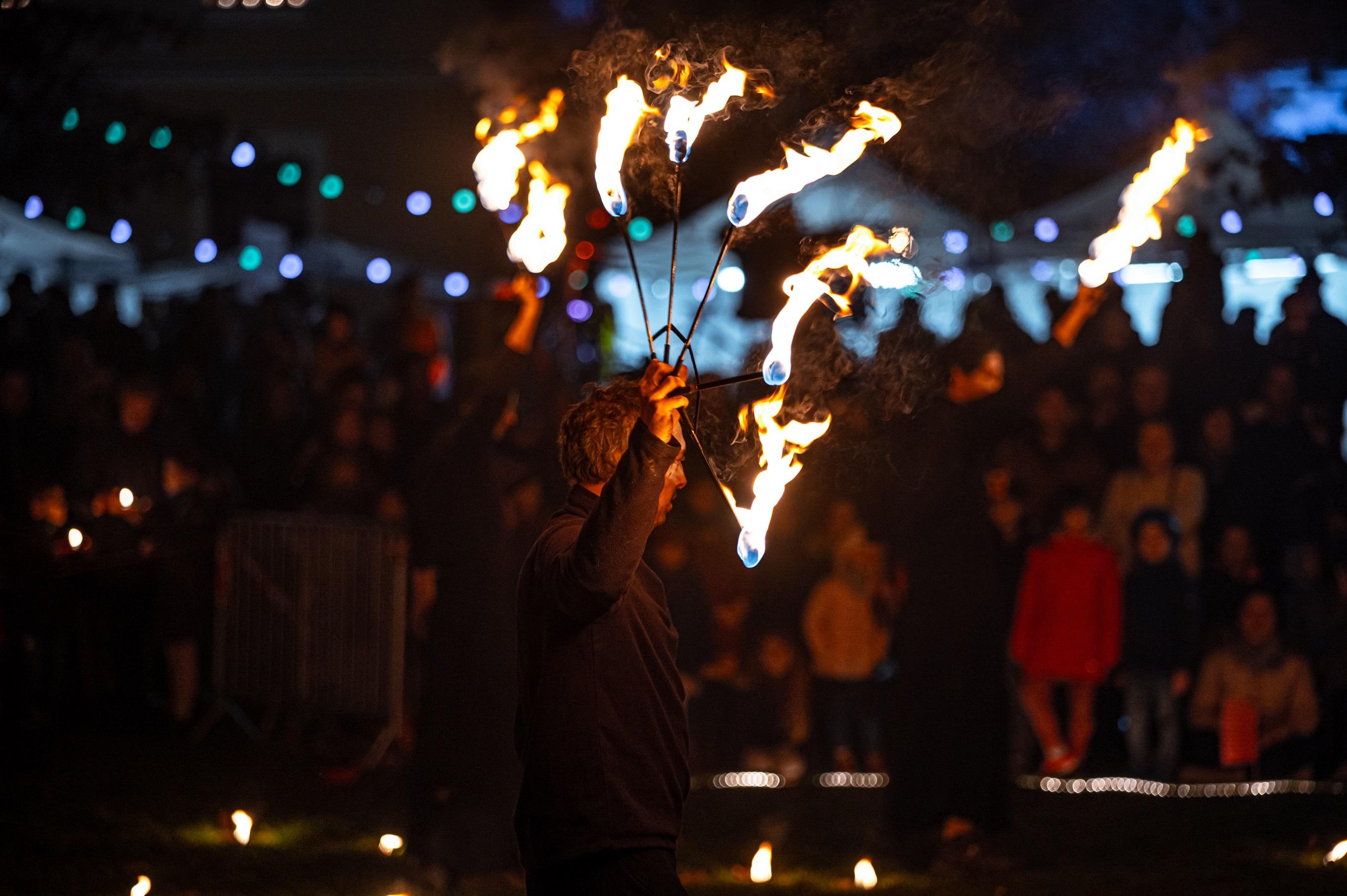


5 Things Kids can Expect at a Circus
18 April 2023
Circuses come in all shapes and sizes. Some are small and intimate, focussing on a couple of specific acts, whereas others are big, grand and all-encompassing. Some circuses are more experimental, verging on performance art, whereas others are traditional, with everything you might expect from striped big tops to trapezes and the familiar tune of “Here Come the Clowns”. Below are some common things that children can expect when attending their first circus.
A range of acts
Some acts are the mainstay of the circus (think clowns and acrobats). There are plenty more that children are likely to experience at most circuses. Jugglers, ventriloquists, magicians and musicians: these are some other acts that children are likely to see and enjoy. Other acts will depend on the type of circus. For example, few circuses these days use animals, and if they do, it’s likely to be horses and dogs, rather than lions and bears. It’s worth looking into what acts might be at the circus before you go. While they're all fun, some - contortionists for example - can come across as a little odd and potentially distressing.
Acrobatics
Acrobats are central to any circus, whether traditional or modern. Kids are certain to be captivated by the incredible feats of acrobatics on display. Yes, there will be acts like the trapeze and tightrope, but also expect smaller scale acts such as unicyclists, “parterre” (meaning “on the floor” - like the human pyramid and tumbling), and “tissu” (acrobatics performed on long strips of material hanging from the ceiling).
Clowns
Any circus worth its salt will feature clowns of some sort. At the more traditional circuses you can expect the clowns we all immediately think of, with rosy cheeks, big shoes and brightly coloured wigs. Contemporary circuses will also feature clowns. The idea of the clown is to change the pace of the show, breaking the tension from the death-defying stunts with some light comedy. Some people really enjoy the clowns, some really don’t. It’s worth showing your child some videos of clowns beforehand, as not only the look of them can unsettle some youngsters but also their clumsy, accident-prone schtick.
Sensory stimulation
A circus is a loud, sparkly, often quite smelly place. Even the smaller ones will feature crowds, lights, sawdust and general “razzle-dazzle”. Children who are sensitive to any strong sensory stimulation might find elements of the circus discomforting. That’s not to say they won’t enjoy it, but it’s definitely worth watching some videos together beforehand to gauge their reaction. It’s also difficult to get in and out of your seats once you’re in so, with most shows lasting two hours, bear this in mind, too.
Being bitten by the circus bug
Circus skills are currently quite trendy; circus skills crop up frequently on TV talent shows. Whichever circus you go to, children are likely to come away with a keen interest and desire to try some things out for themselves. If they do, there are many circus skills workshops and classes that run all over the country, as well as classes in gymnastics, acrobatics, and the old and noble art of clowning.
Photo by Andréas BRUN on Unsplash
